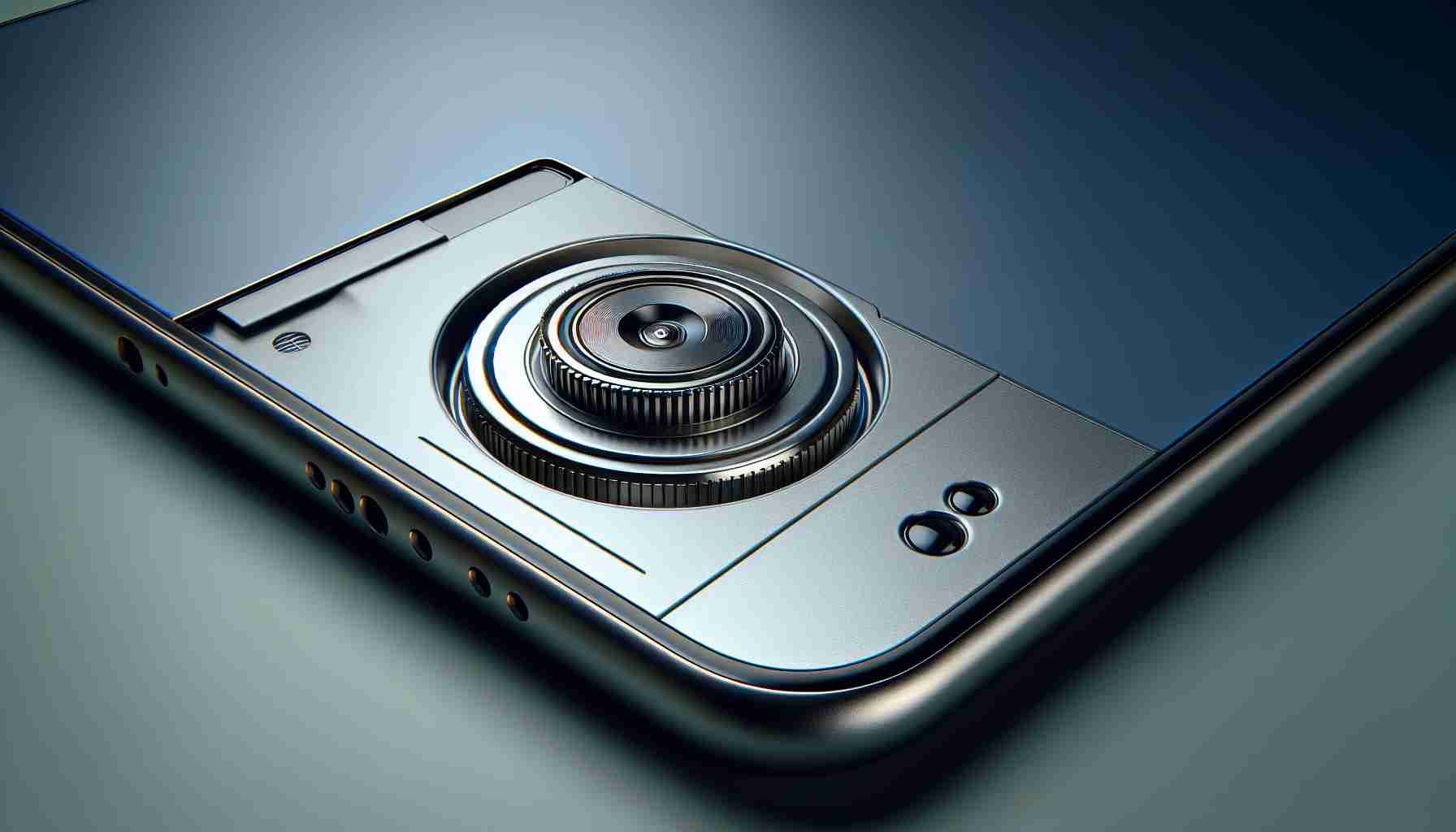Unveiling the Mysterious Hole in Your Cell Phone
In the landscape of modern technology, the smartphone has emerged as a consistent and indispensable ally in our daily lives. Its influence spans across all facets, including work, leisure, academic pursuits, and social interactions. The allure of instant messaging apps has overshadowed traditional phone calls, offering swift voice, video, and text communication.
When examining the intricate features of a smartphone more closely, one might notice a small, seemingly mysterious hole at the bottom edge of the device. This hole is not to be confused with those used for inserting NanoSIM or MicroSD cards, which are typically accessed using a pin.
An Essential Feature for Crisp Communication
This minute opening is, in fact, a concealed microphone – a critical component that much of the population may overlook. Its primary function is to capture sound for voice input, proving to be indispensable during phone calls, audio recording, and interacting with voice assistants. Caution is advised not to insert any foreign objects into this hole as it could cause irreparable damage.
Smartphones generally have another similar microphone located at the top. This microphone’s role is to enhance call quality by filtering out ambient noise, thus ensuring a clearer conversation.
As smartphones evolve, manufacturers like Samsung, Apple, and Xiaomi, along with Google’s Pixel line, continue to innovate, embedding hidden yet significant features such as these microphones. These tools contribute to the ever-increasing sophistication of smartphones, steering us toward an era of near-perfect communication devices.
The hidden microphone at the bottom of your smartphone is indeed a small but essential feature that plays a key role in how we interact with our devices. Here are some additional facts and considerations related to this topic:
Important Questions and Answers:
– What is the purpose of having multiple microphones on smartphones? Most smartphones have at least two microphones. One at the bottom, primarily used for picking up your voice during calls or when commanding a voice assistant. The second is often at the top and is used to capture ambient noise to help with noise cancellation and improve call quality.
– Can these microphones be used for purposes other than calls? Yes, these microphones are also used for various tasks like voice memos, audio recordings for video, speech-to-text applications, and interacting with AI assistants like Siri, Google Assistant, or Bixby.
Key Challenges and Controversies:
– Privacy concerns: The presence of microphones raises concerns about privacy and the potential for these devices to inadvertently or deliberately record conversations and ambient sounds without the knowledge or consent of the user.
– Security vulnerabilities: Microphones, if compromised by malicious software, can potentially be used for eavesdropping by hackers or used to collect data for targeted advertising or other unwanted purposes.
Advantages and Disadvantages:
– Advantages: The primary advantage of having a microphone is the ability to easily communicate and use voice-activated features. They also allow for noise reduction during calls, leading to clearer audio quality.
– Disadvantages: However, microphones in smartphones can also have drawbacks such as being susceptible to damage from dust or moisture, and as mentioned, they can be a privacy concern if the device is compromised.
Suggested related links:
For more in-depth information on smartphone technology and the companies mentioned in the article, you might check out the following official sites:
– Samsung
– Apple
– Xiaomi
– Google Pixel
By considering these additional facts and perspectives, one can better appreciate the complexity and significance of the smartphone’s design and features, especially as they relate to privacy, functionality, and communication in our digital age.
The source of the article is from the blog elektrischnederland.nl
